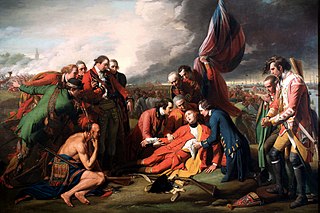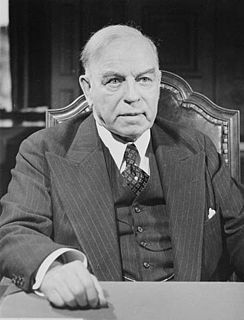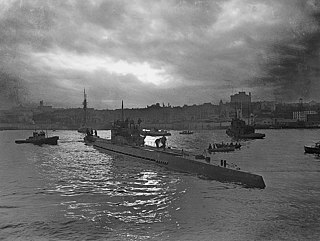 W
WEvents from the year 1943 in Canada.
 W
WThe 19th Canadian Parliament was in session from May 16, 1940, until April 16, 1945. The membership was set by the 1940 federal election on March 26, 1940, and it changed only somewhat due to resignations and by-elections until it was dissolved prior to the 1945 election.
 W
WThe 1943 Saint-Donat Liberator III Crash was an aerial accident that killed 24 people—the worst accident in Canadian military aviation history.
 W
WThe Battle of the St. Lawrence involved marine and anti-submarine actions throughout the lower St. Lawrence River and the entire Gulf of Saint Lawrence, Strait of Belle Isle, Anticosti Island and Cabot Strait from May–October 1942, September 1943, and again in October–November 1944. During this time, German U-boats sank about 20 merchant ships and four Canadian warships. There were several near shore actions involving the drop of German spies, or the attempted pick up of escaping prisoners of war. Despite the 23 ships lost, this battle marked a strategic victory for Canadian forces as ultimately they managed to disrupt U-boat activity, protect Canadian and Allied convoys, and intercept all attempted shore operations. This marked the first time that a foreign power had inflicted casualties in Canadian inland waters since the US incursions in the War of 1812.
 W
WThe First Quebec Conference, codenamed "QUADRANT", was a highly secret military conference held during World War II by the governments of the United Kingdom, Canada, and the United States. It took place in Quebec City on August 17–24, 1943, at both the Citadelle and the Château Frontenac. The chief representatives were Winston Churchill and Franklin D. Roosevelt, hosted by the Canadian prime minister William Lyon Mackenzie King.
 W
WOperation Kiebitz was a failed German operation during World War II to organize the escape of four skilled U-boat commanders from a Canadian prisoner of war camp in Bowmanville, Ontario. The subsequent counter operation by the Royal Canadian Navy, Operation Pointe Maisonnette, became a key engagement in the Battle of the St. Lawrence and was also successful in thwarting the Germans' plan.
 W
WThe Quebec Agreement was a secret agreement between the United Kingdom and the United States outlining the terms for the coordinated development of the science and engineering related to nuclear energy and specifically nuclear weapons. It was signed by Winston Churchill and Franklin D. Roosevelt on 19 August 1943, during World War II, at the First Quebec Conference in Quebec City, Canada.